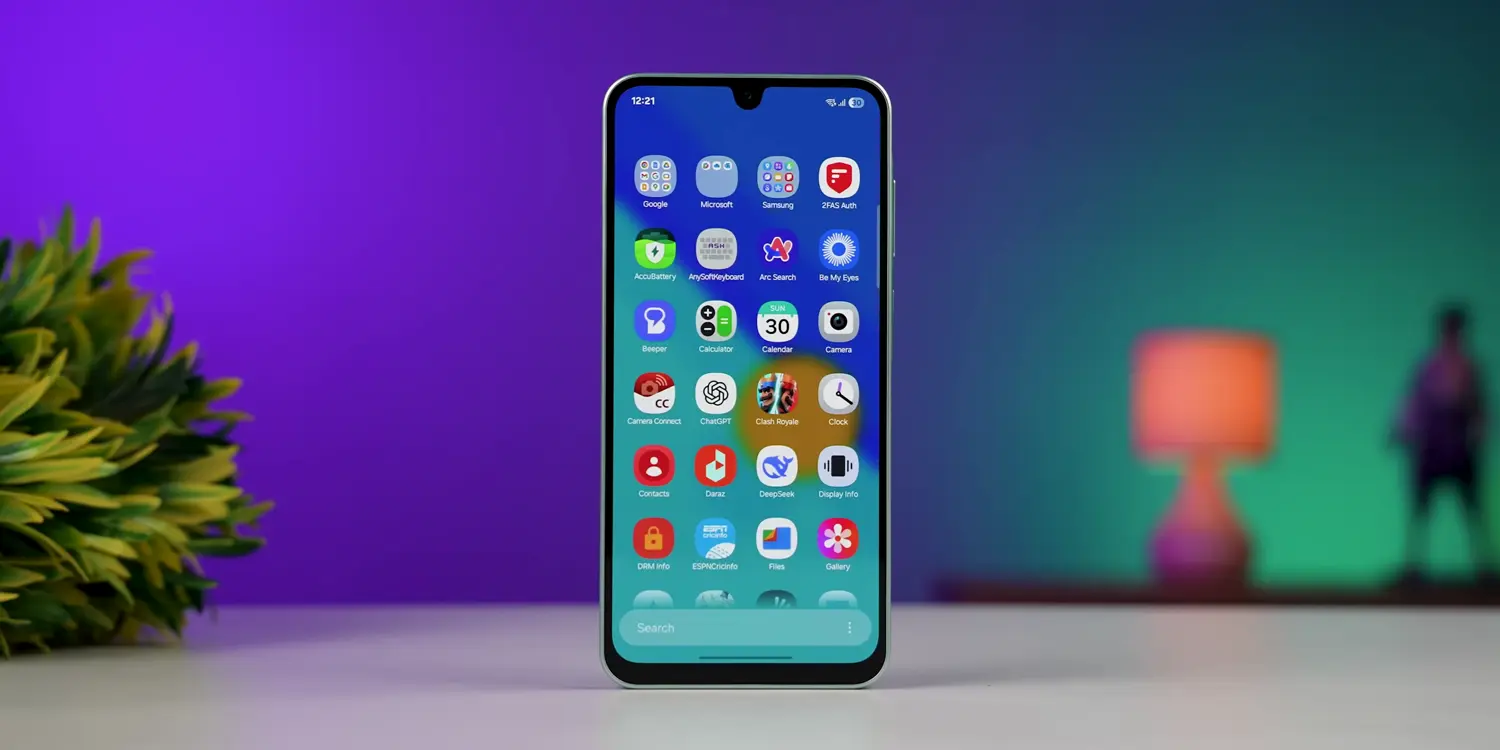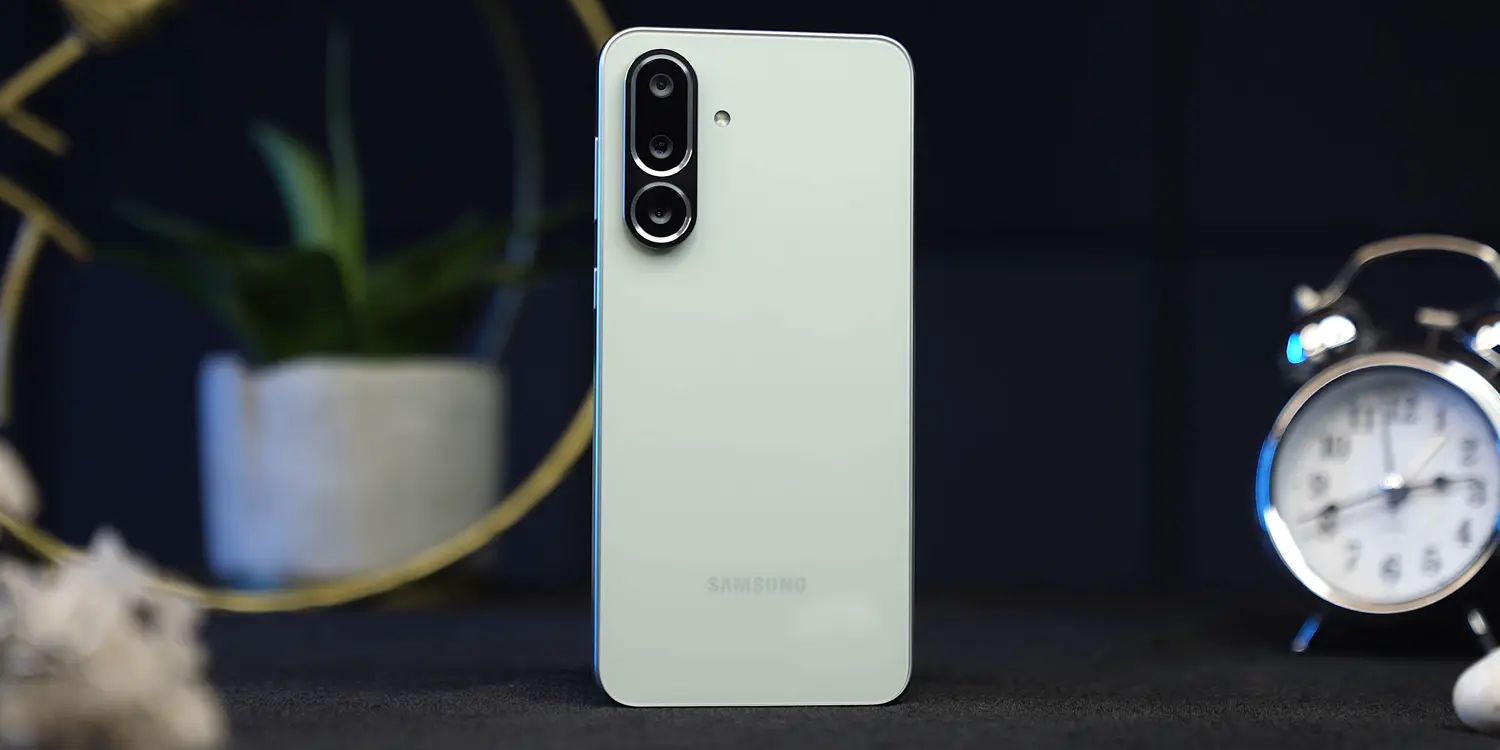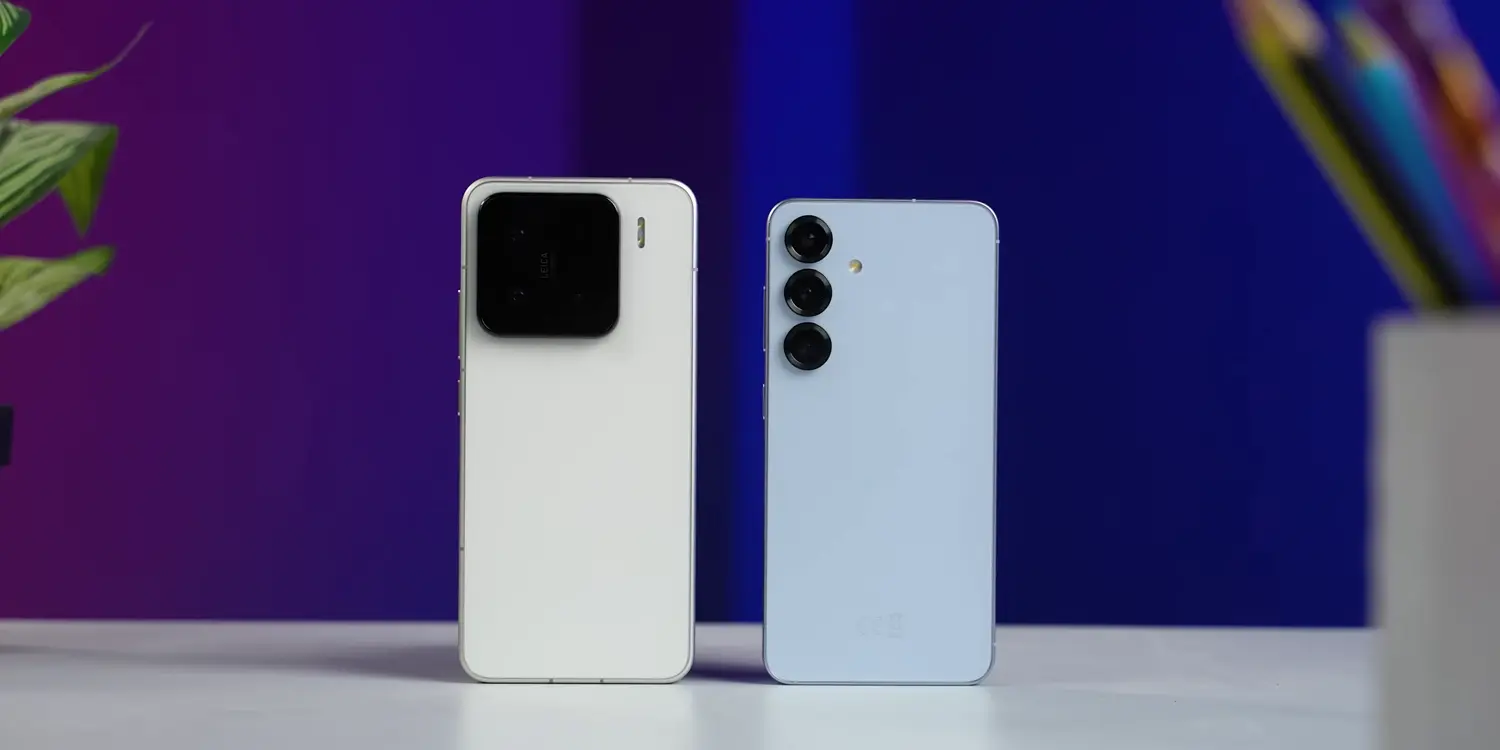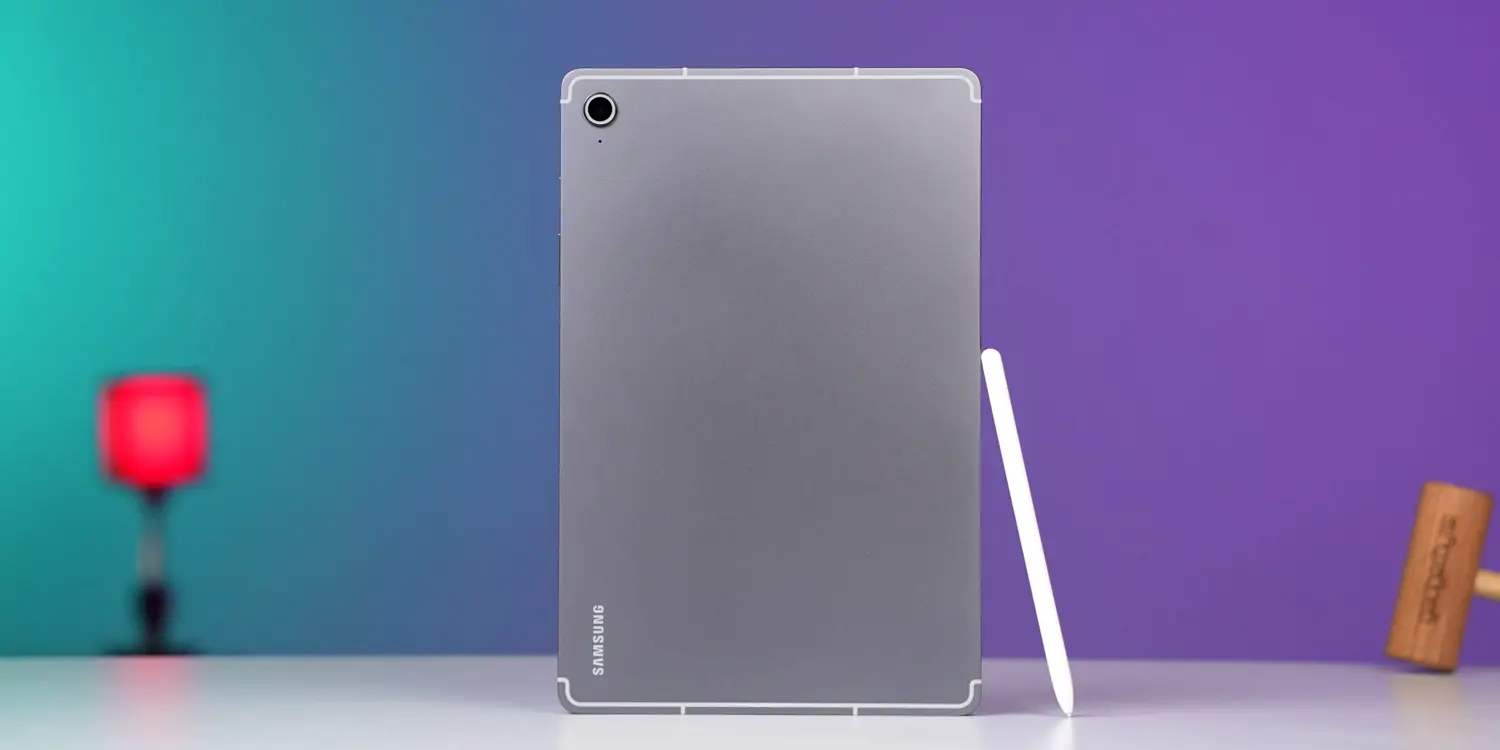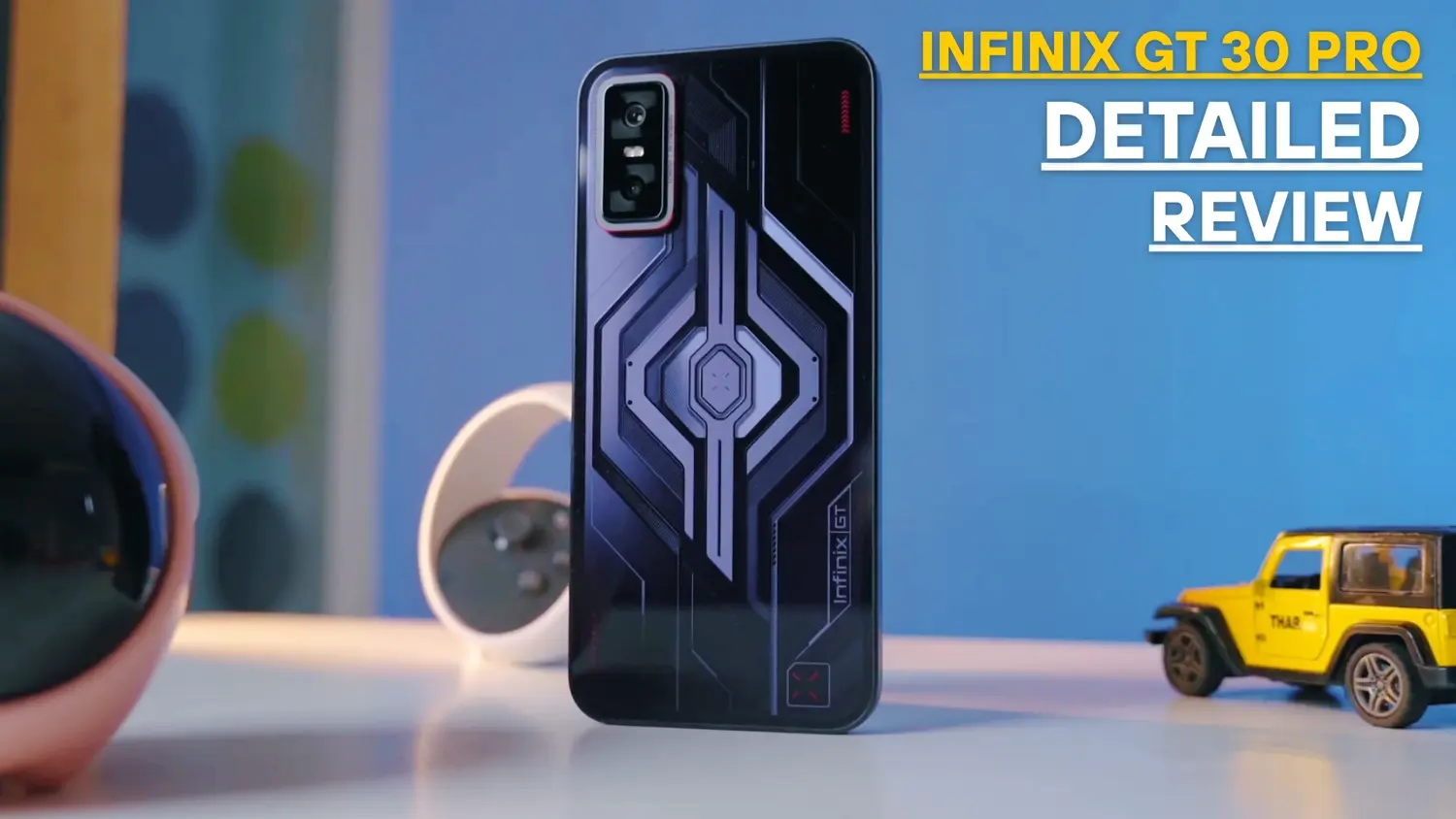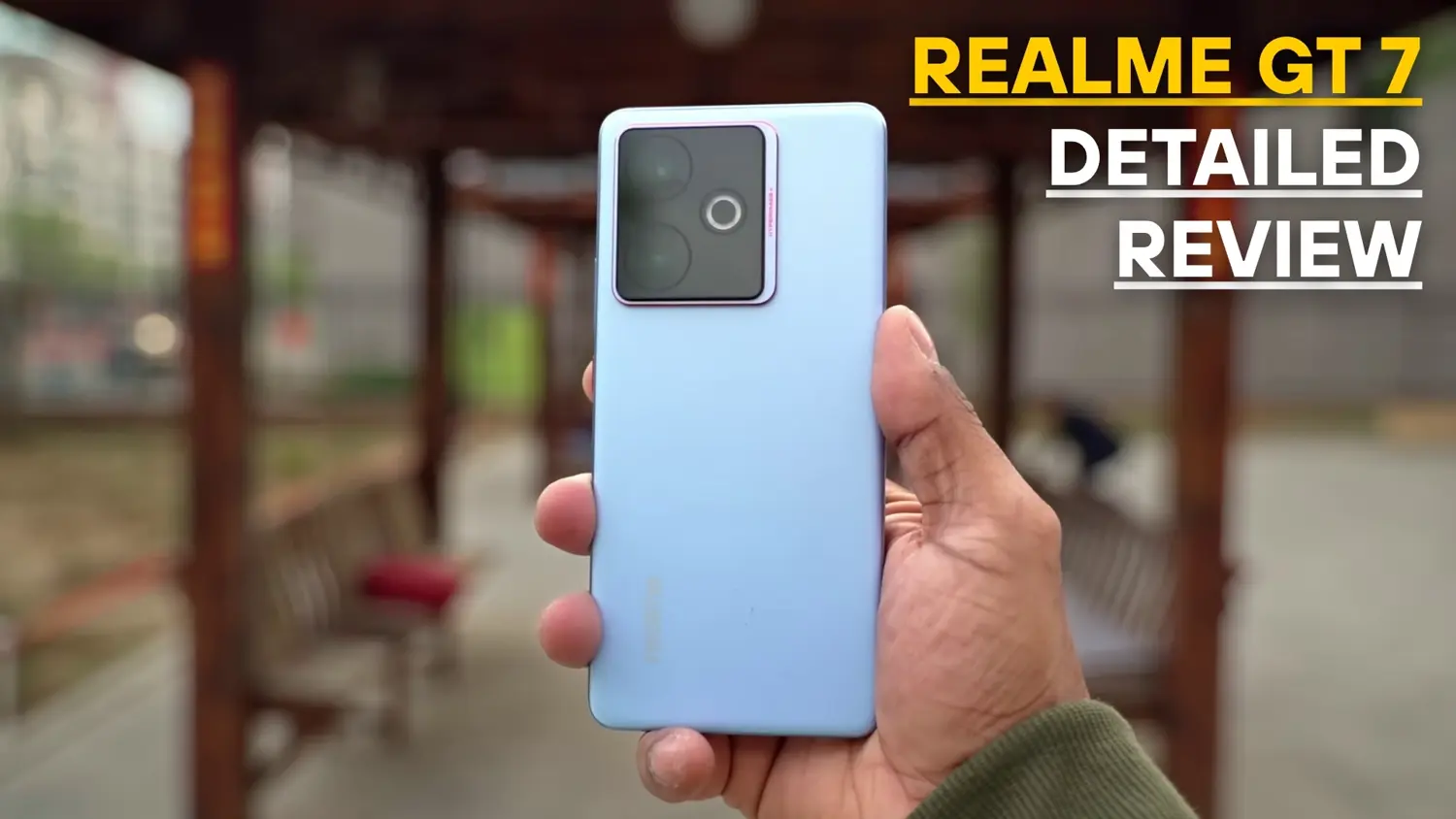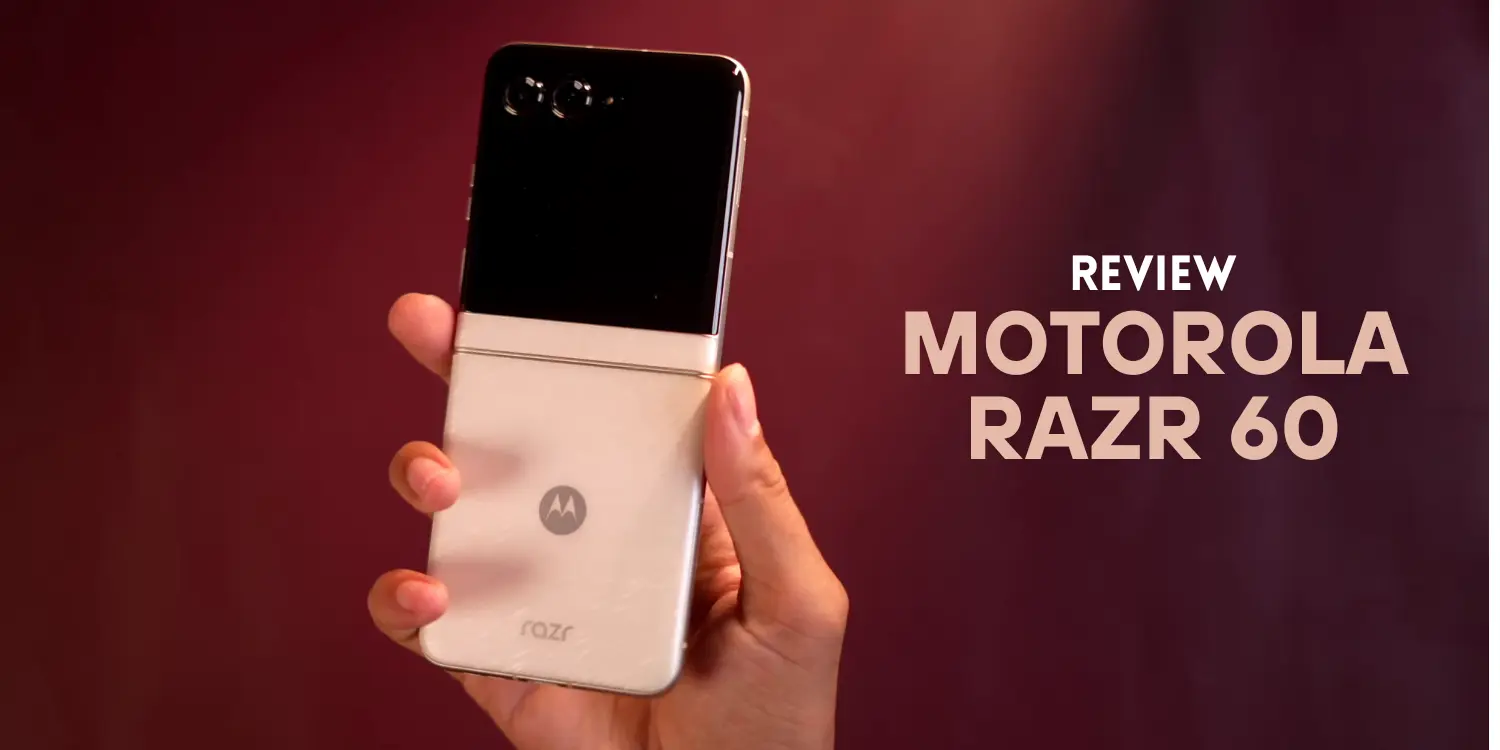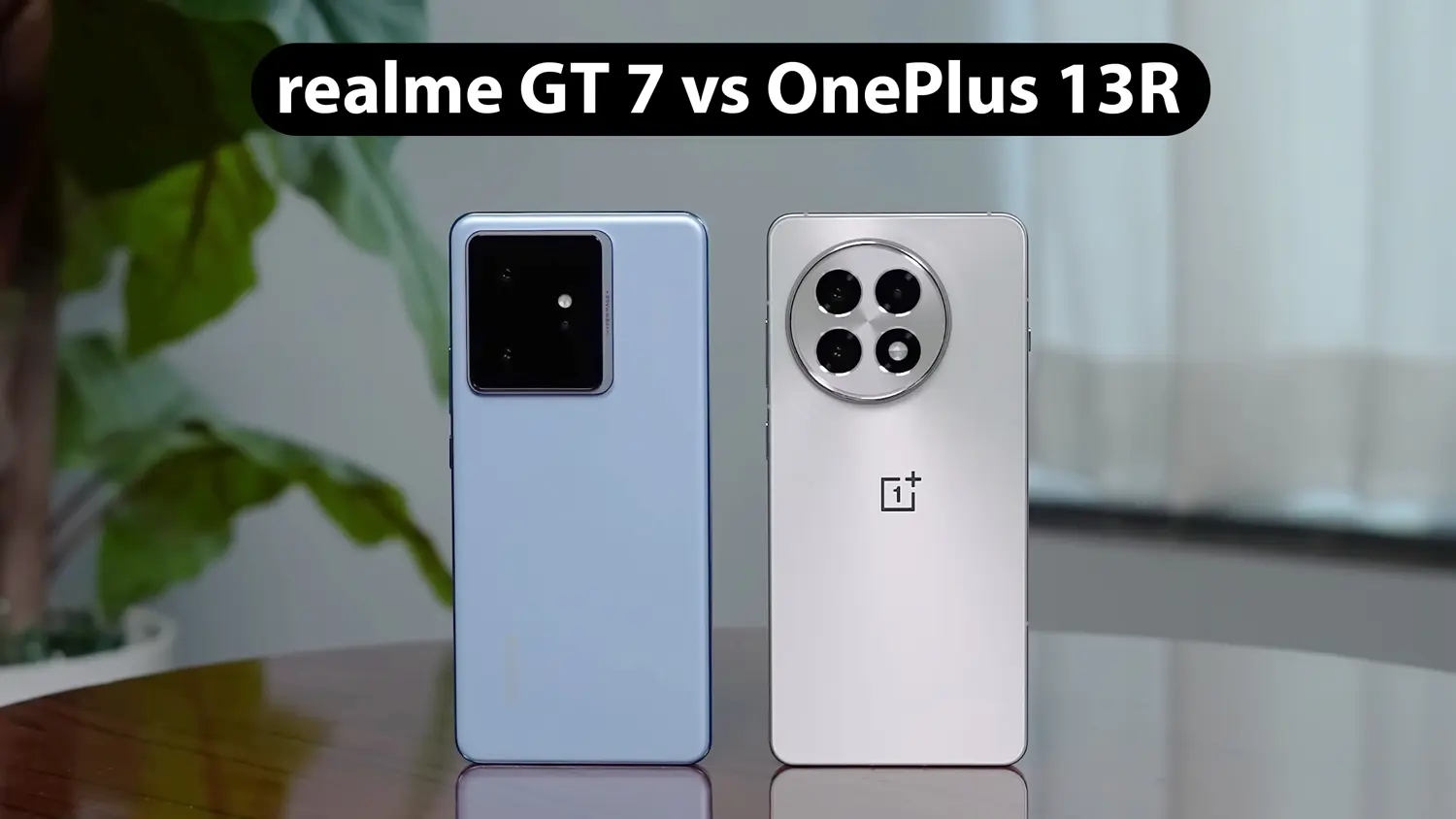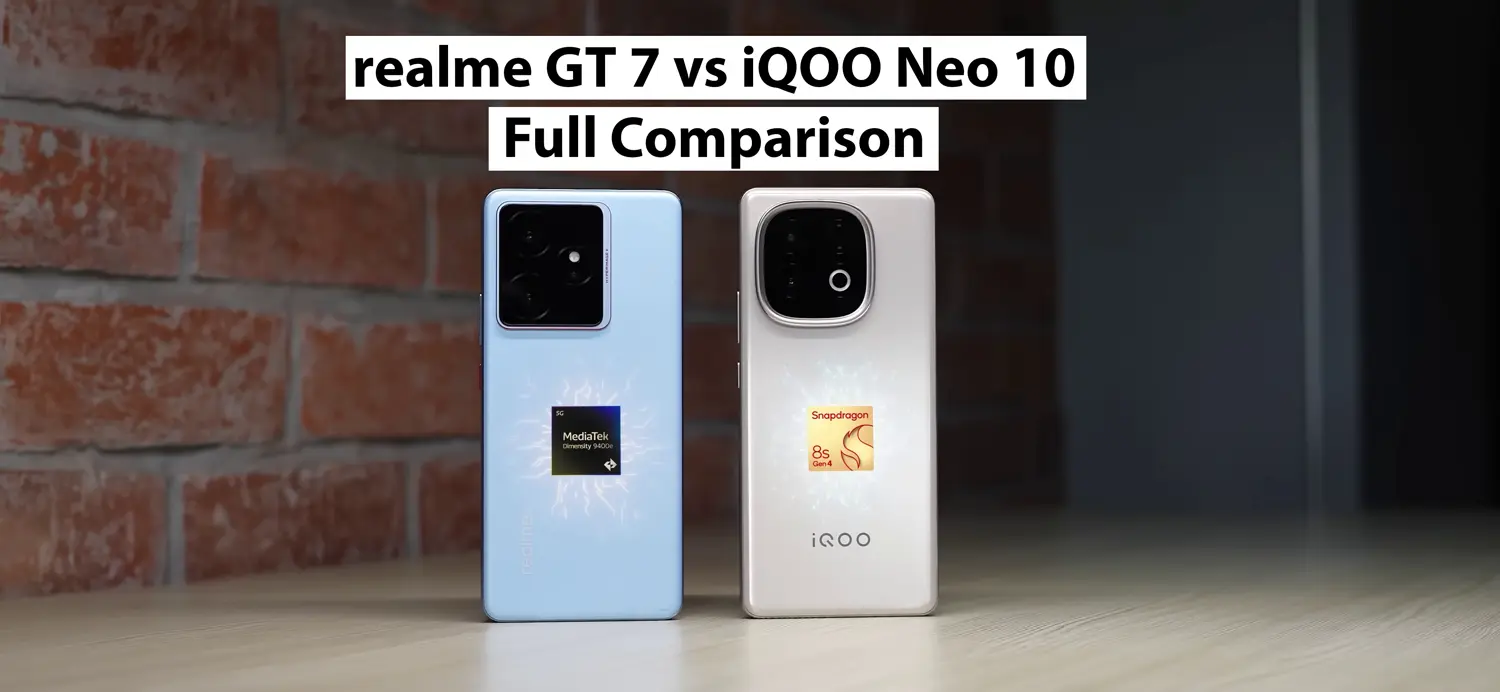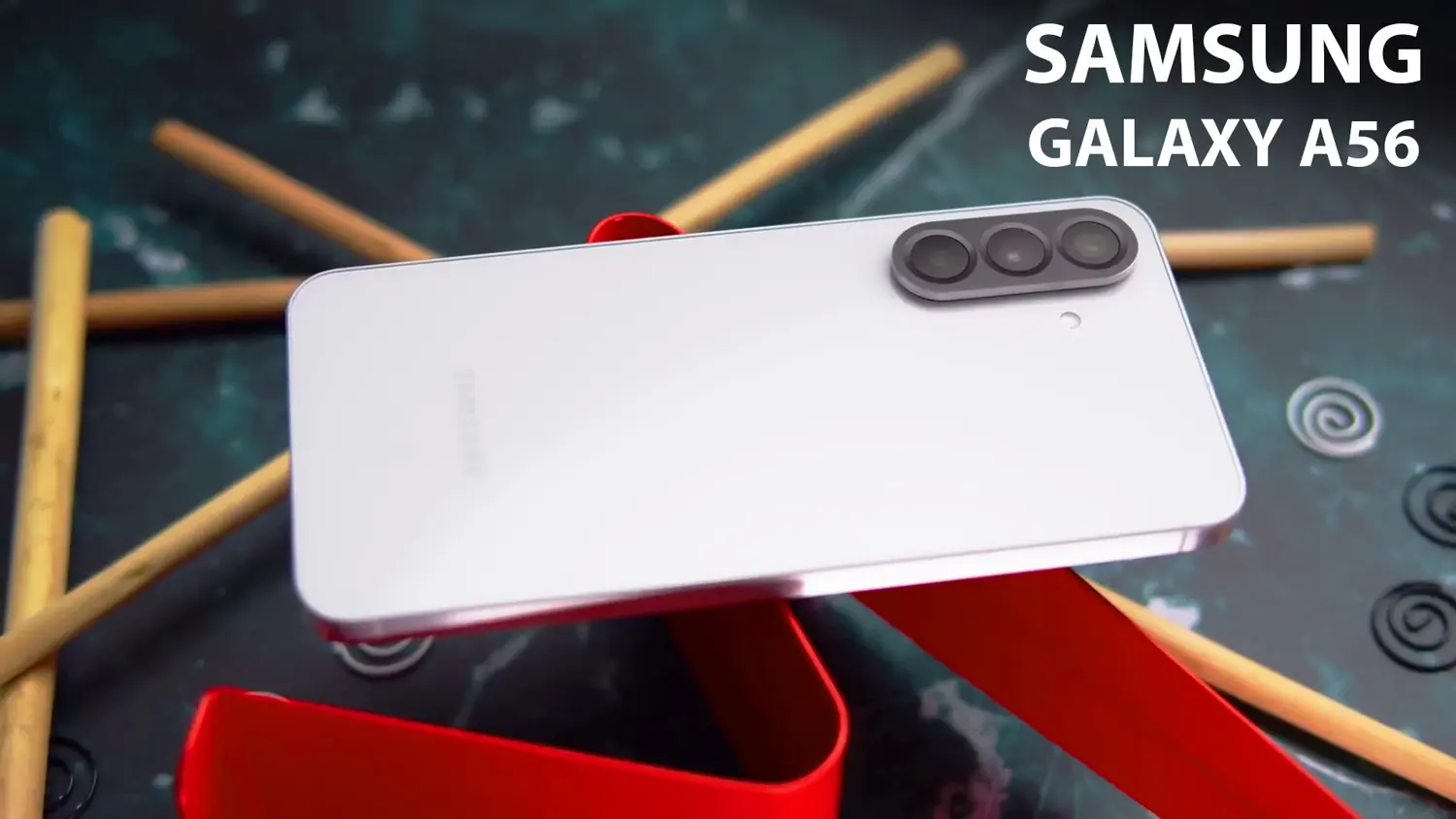The Samsung Galaxy A26 is the latest addition to Samsung’s mid-range lineup, priced under ₹25,000 (approximately $300) in India. Positioned in the highly competitive 25K price segment, this phone aims to capture the attention of budget-conscious buyers who still want a reliable smartphone experience. However, with fierce competition from brands like Nothing, Xiaomi, and Realme, does the Galaxy A26 deliver enough value to stand out? After analyzing its features, performance, and overall package, here’s a detailed look at whether the Galaxy A26 is worth your hard-earned money.
Overview of the Samsung Galaxy A26
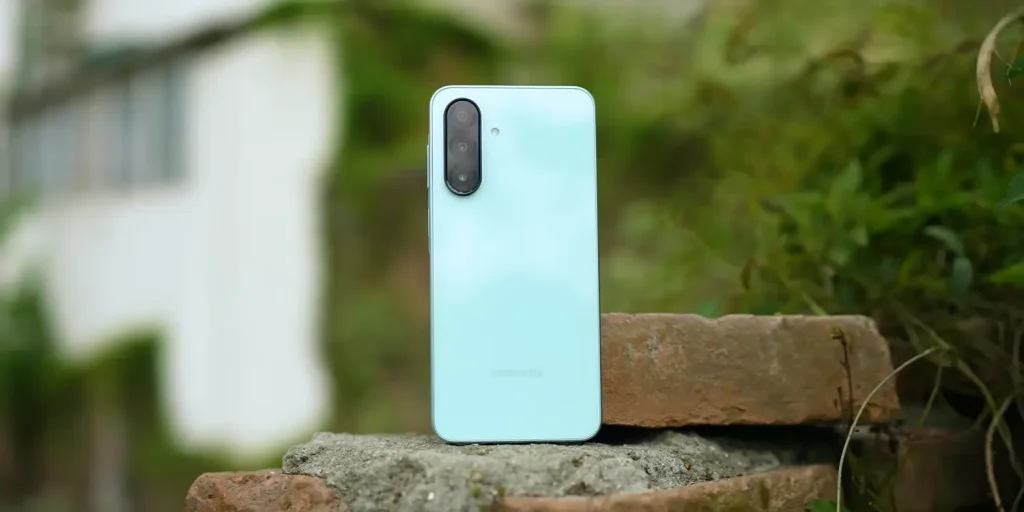
Samsung has been a dominant player in the Indian smartphone market, known for its premium S-series and foldable devices. However, its mid-range and budget offerings have struggled to keep up with the competition. The Galaxy A26 is Samsung’s attempt to regain ground in the ₹25,000 segment, which is one of the most critical price brackets in India. This segment sees high sales volumes, and brands like Xiaomi, Realme, and Nothing have been launching feature-packed devices to capture market share.
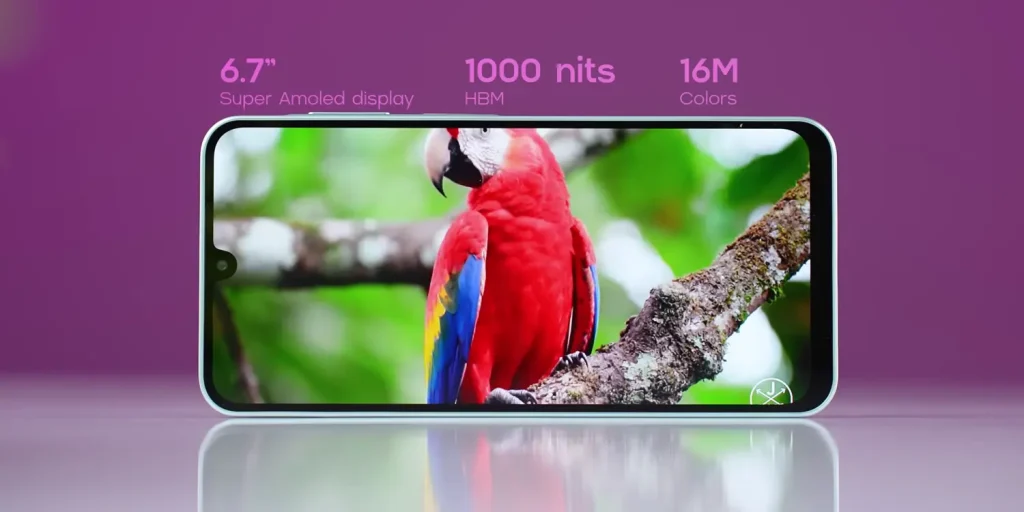
The Galaxy A26 comes with a premium design, a decent display, and Samsung’s promise of long-term software updates. However, it falls short in several areas, including performance, camera optimization, and overall value. Let’s dive into the details to understand what this phone offers and where it lags behind.
Design and Build Quality: A Step Forward
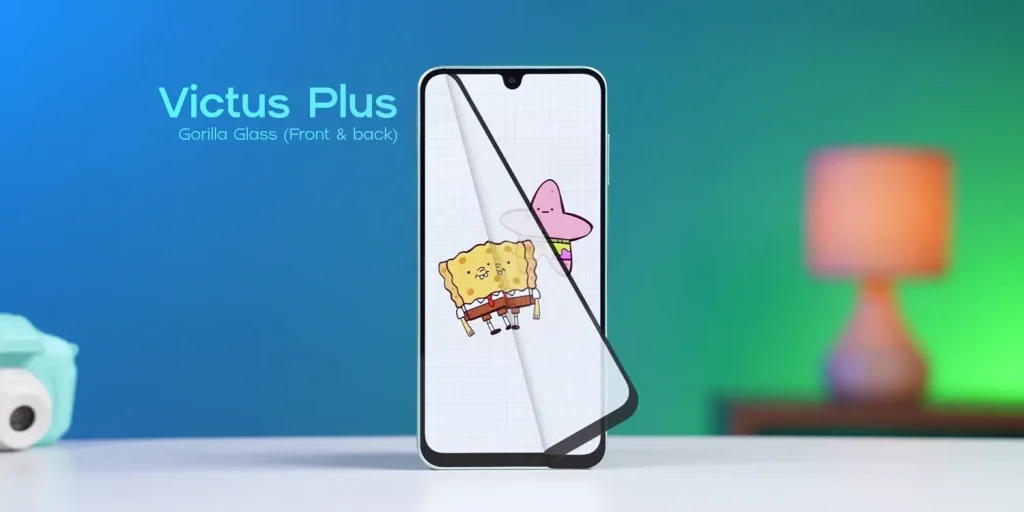
One of the standout features of the Galaxy A26 is its design. Samsung has clearly put effort into making this phone look and feel premium. The phone features a glass back with Gorilla Glass Victus Plus protection on both the front and back, a significant upgrade from last year’s Galaxy A25. This gives the A26 a sturdy and high-end feel, which is rare in this price range.
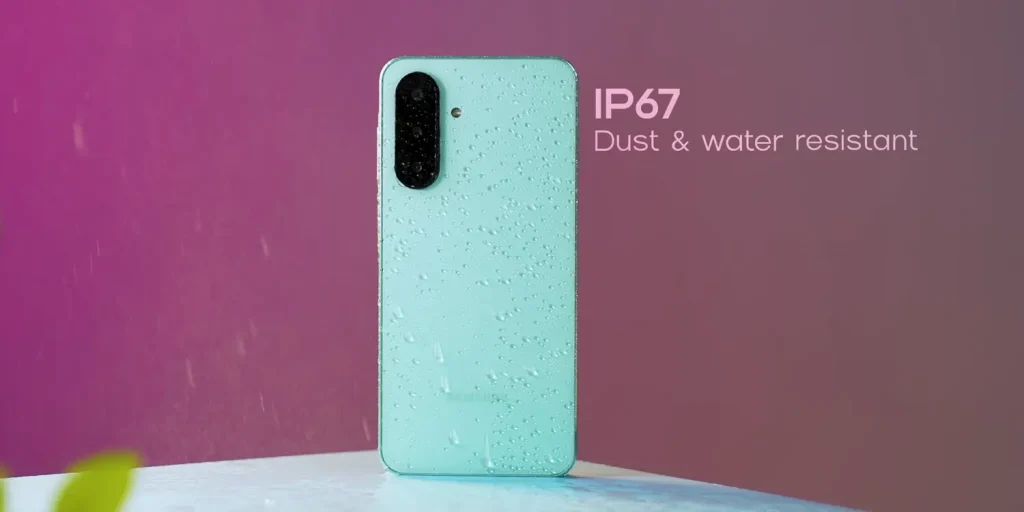
The phone also boasts an IP67 rating for dust and water resistance, making it one of the few mid-range devices to offer such durability. The camera module has been redesigned to resemble Samsung’s more expensive A36 and A56 models, giving it a modern and sleek appearance. The pastel color options are refreshing and appealing, especially for younger buyers who value aesthetics.
However, the front of the phone is a bit of a letdown. The waterdrop notch and thick bezels make the display look dated, reminiscent of 2022 designs. While the 6.6-inch PLS LCD display is bright, vibrant, and offers excellent color reproduction, the outdated design elements detract from the overall experience.
Performance: A Disappointing Choice
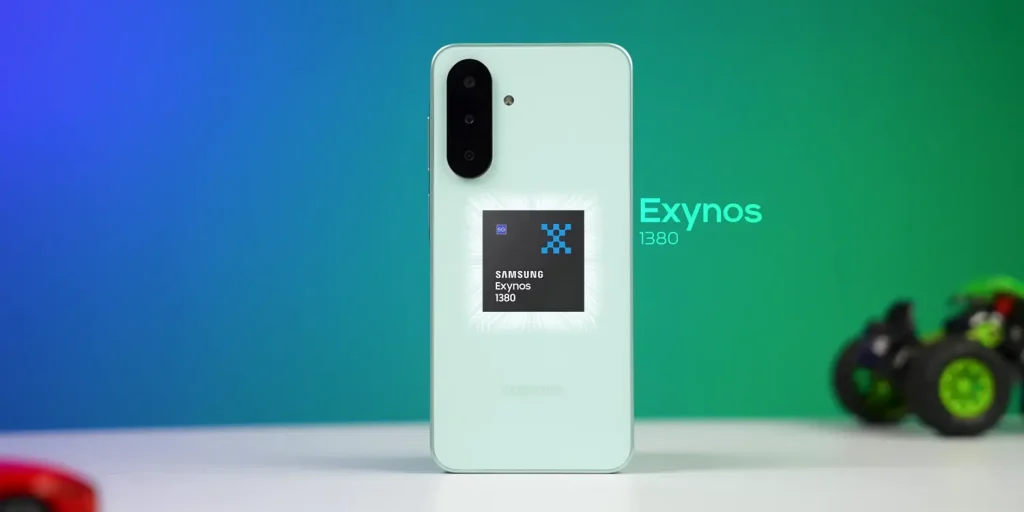
The Galaxy A26 is powered by the Exynos 1380 chipset, which is a major point of concern. This processor was first introduced in the Galaxy A54 two years ago and was reused in last year’s Galaxy A35. Seeing it in the A26 in 2025 feels like a step backward, especially when competitors are offering more powerful chipsets like the MediaTek Dimensity 6080 or Snapdragon 7 Gen 1 in this price range.
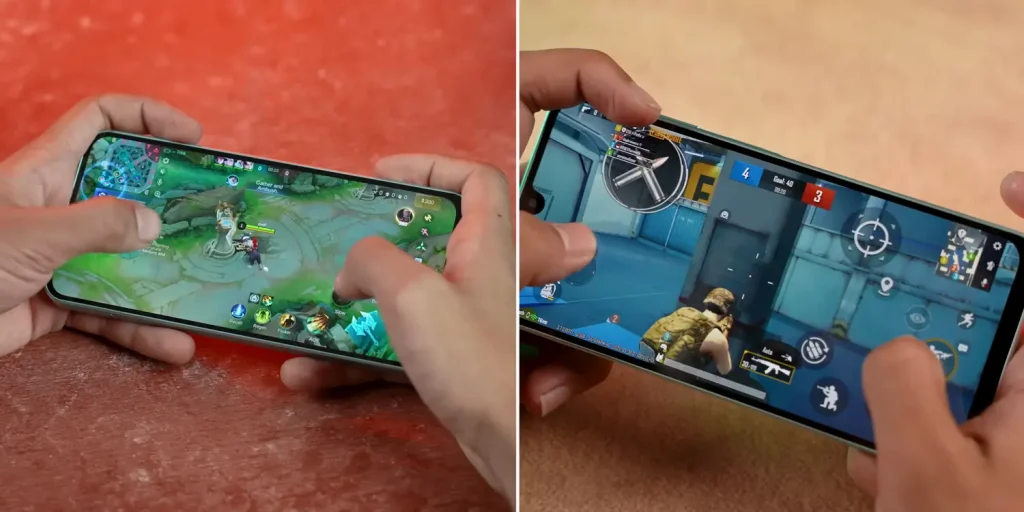
In day-to-day usage, the Exynos 1380 feels sluggish. App openings take a second or two, and navigating through the UI isn’t as smooth as you’d expect from a modern smartphone. Even after tweaking animation speeds in the settings, the phone doesn’t feel significantly faster. For gamers, the A26 is a letdown. Basic games like PUBG and Mobile Legends are capped at 60 fps with average performance, while heavier titles like Genshin Impact struggle to run smoothly. The phone even crashed during gameplay in crowded areas, which is unacceptable for a device in this segment.
To make matters worse, the A26 uses UFS 2.2 storage, despite the Exynos 1380 supporting faster UFS 3.1. This results in slower app loading times and file transfers compared to competitors. Additionally, the phone’s thermal management is poor, leading to overheating even during light gaming sessions.
Software: Samsung’s Saving Grace
One area where Samsung excels is its software. The Galaxy A26 runs on One UI, which is one of the most polished and feature-rich Android skins available. The UI is intuitive, visually appealing, and packed with useful features like Circle to Search, Object Eraser, and Smart Select. These AI-powered tools enhance the user experience and set Samsung apart from competitors.
The A26 also comes with an impressive software update policy, offering six years of OS updates and security patches. This is unmatched in the ₹25,000 segment, ensuring that the phone remains relevant for years to come. However, given the phone’s sluggish performance in its first week, it’s hard to imagine how it will hold up after a few years of updates.
Camera: Decent but Uninspiring
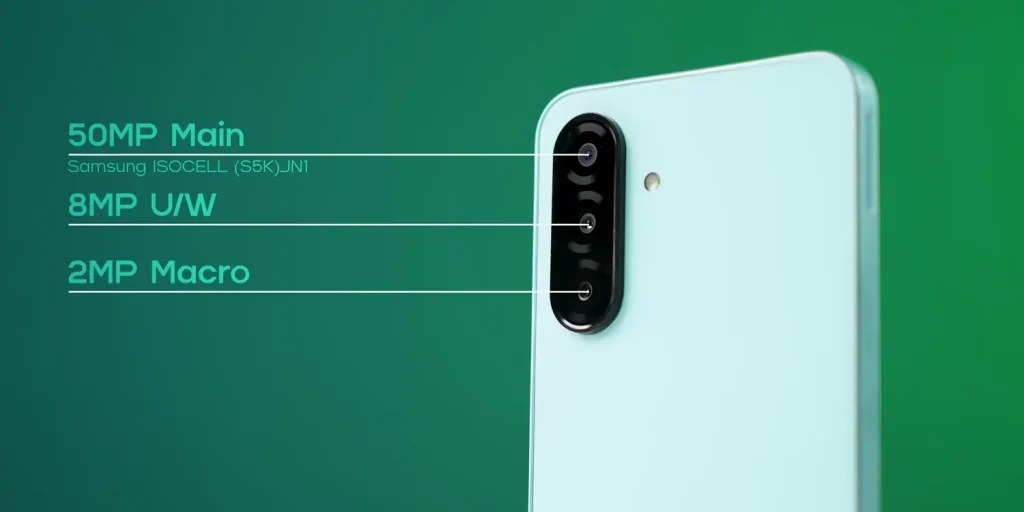
Samsung is known for delivering reliable cameras in its mid-range phones, but the Galaxy A26 fails to impress. The phone features a triple-camera setup, including a 50MP main sensor, an 8MP ultra-wide lens, and a 5MP macro lens. Unfortunately, there are no hardware upgrades compared to the Galaxy A25, and Samsung hasn’t optimized the software to deliver standout results.
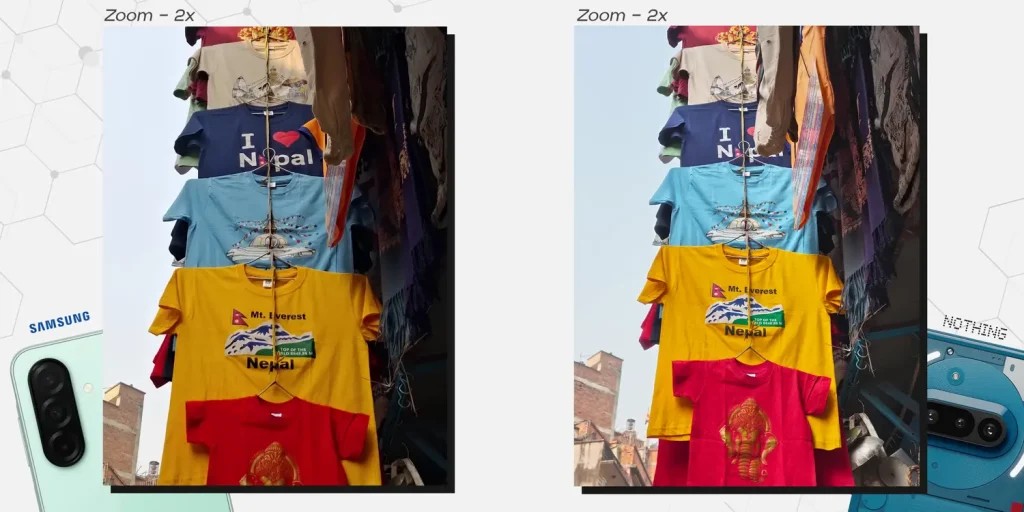
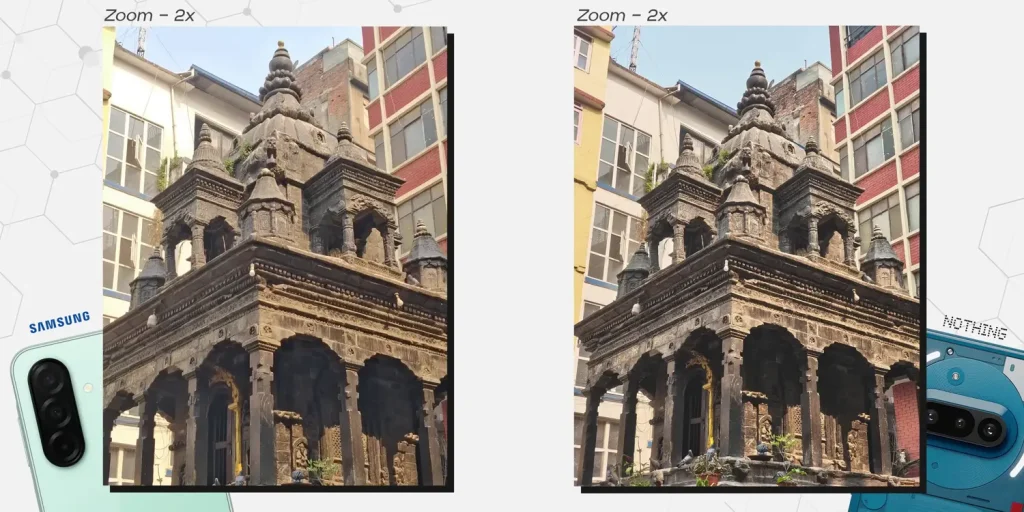

The main camera takes decent photos in good lighting, with accurate colors and good detail. However, compared to competitors like the Nothing Phone 3a, the A26’s images lack the punchy contrast that makes photos pop. The ultra-wide sensor is underwhelming, with poor dynamic range in shadowy areas. Zoomed shots and portraits also fall short, with the A26 limited to 1x portraits compared to the Nothing Phone 3a’s four focal lengths.
In low-light conditions, the A26 struggles to maintain proper exposure, and the night mode simply brightens images without improving detail. Video recording is another weak point. While the phone supports 4K at 30 fps, optical image stabilization is disabled at this resolution, resulting in shaky footage. For stable videos, you’ll need to drop to 1080p, which feels outdated in 2025.
The 13MP front camera performs well for selfies, with natural skin tones and good detail. However, selfie videos are limited to 1080p at 30 fps, while competitors offer 1080p at 60 fps with a wider field of view.
Battery and Charging: Nothing New
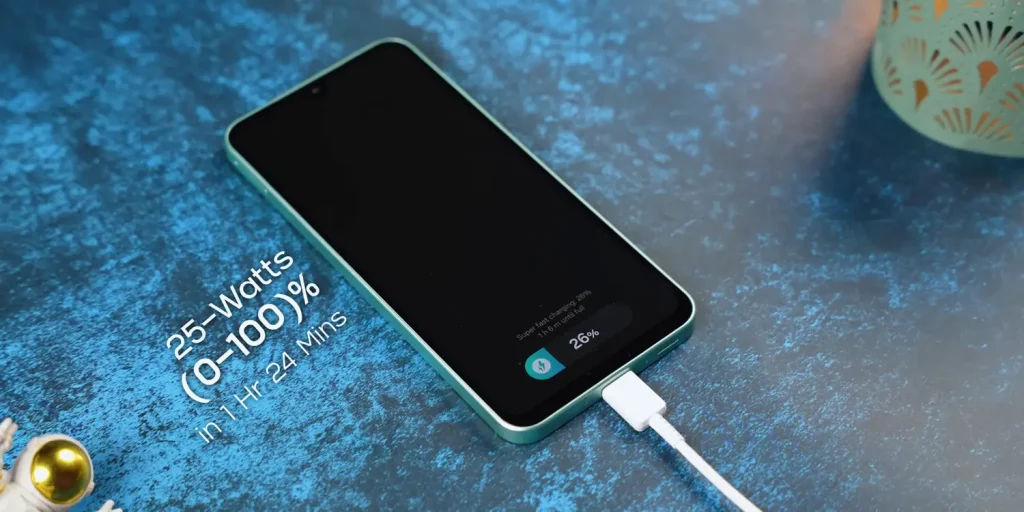
The Galaxy A26 comes with a 5,000mAh battery, which is standard for this price range. Battery life is decent, easily lasting a full day of moderate usage. However, competitors like Xiaomi and Realme are now offering 6,400mAh or even 7,000mAh silicon-carbon batteries, which provide significantly better endurance.
Charging speeds remain unchanged from the A25, with 25W fast charging that takes around 90 minutes to fully charge the phone. This is slower than the 45W or 67W charging offered by some competitors, making the A26 feel less competitive in this aspect.
Audio and Haptics: A Step Backward
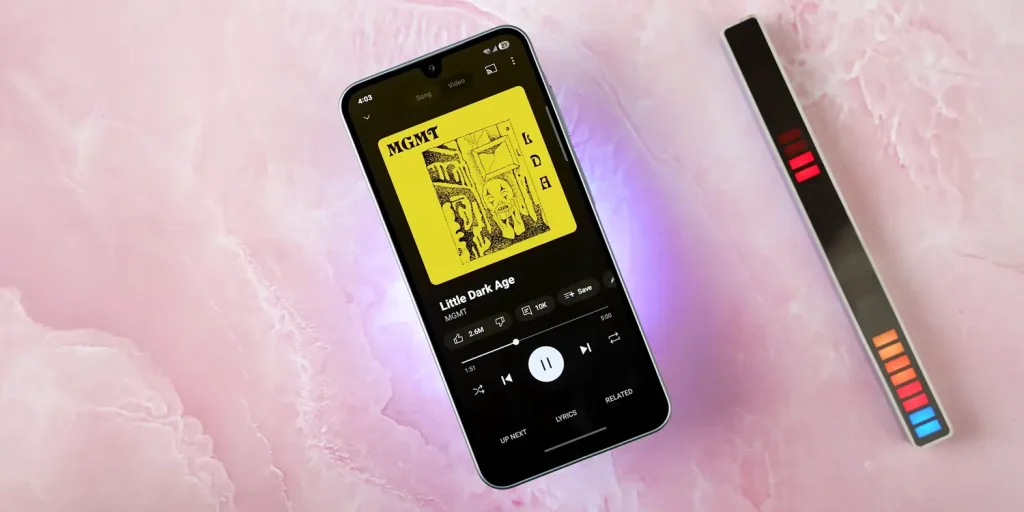
Samsung has made some puzzling decisions with the A26’s audio and haptics. The phone features a single speaker, a downgrade from the stereo speakers on the Galaxy A25. The sound quality is average, lacking the depth and clarity of stereo setups. Similarly, the vibration motor is weak and fuzzy, making haptic feedback feel cheap compared to competitors.
Specification Table
| Feature | Specification |
|---|---|
| Price | ₹25,000 (~$300) |
| Display | 6.6-inch PLS LCD, 1080 x 2408 pixels |
| Processor | Exynos 1380 |
| RAM | 6GB/8GB |
| Storage | 128GB/256GB (UFS 2.2) |
| Rear Camera | 50MP (main) + 8MP (ultra-wide) + 5MP (macro) |
| Front Camera | 13MP |
| Battery | 5,000mAh, 25W fast charging |
| Software | One UI, 6 years of OS updates |
| Build | Glass back, Gorilla Glass Victus Plus, IP67 |
| Audio | Single speaker |
Should You Buy the Samsung Galaxy A26?
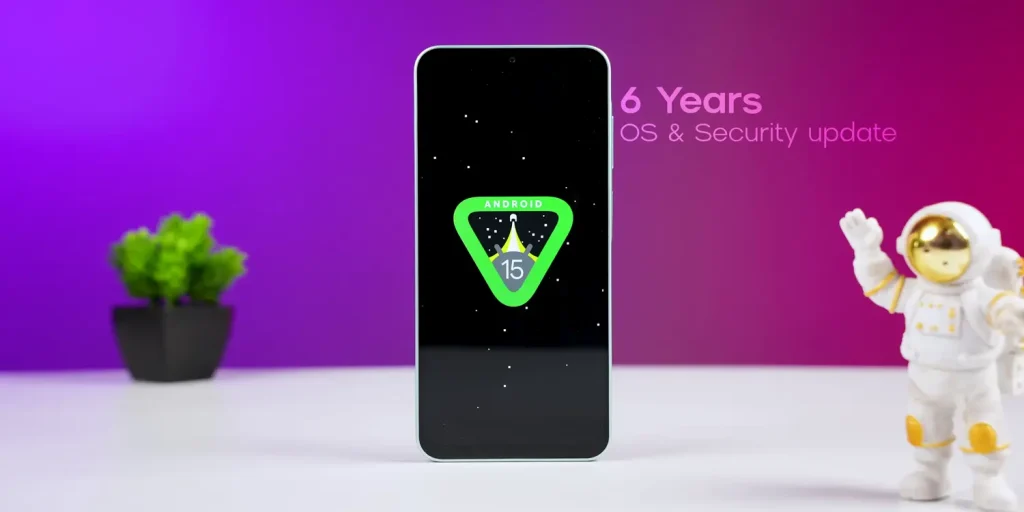
The Samsung Galaxy A26 is a mixed bag. On the positive side, it offers a premium design, a vibrant display, and an unmatched software update policy. The IP67 rating and Gorilla Glass protection are rare in this segment, making it a durable choice. Samsung’s One UI is also a highlight, with its polished interface and useful AI features.
However, the phone falls short in several critical areas. The Exynos 1380 chipset is outdated and underpowered, leading to sluggish performance and poor gaming capabilities. The camera system, while decent, lacks the optimization needed to compete with rivals like the Nothing Phone 3a. The single speaker, weak haptics, and average battery life further diminish its appeal.
Who Should Buy It?
- Samsung loyalists: If you love Samsung’s brand and software experience, the A26 might appeal to you.
- Buyers prioritizing durability: The IP67 rating and Gorilla Glass make it a robust choice.
- Users who value long-term updates: Six years of OS updates ensure longevity.
Who Should Avoid It?
- Performance seekers: If you want a fast and smooth experience, look elsewhere.
- Gamers: The A26 struggles with even basic games.
- Camera enthusiasts: Competitors offer better camera performance.
- Value-driven buyers: Phones like the Nothing Phone 3a or Realme Narzo 70 Pro offer more features for the same price.
Is It Worth It?
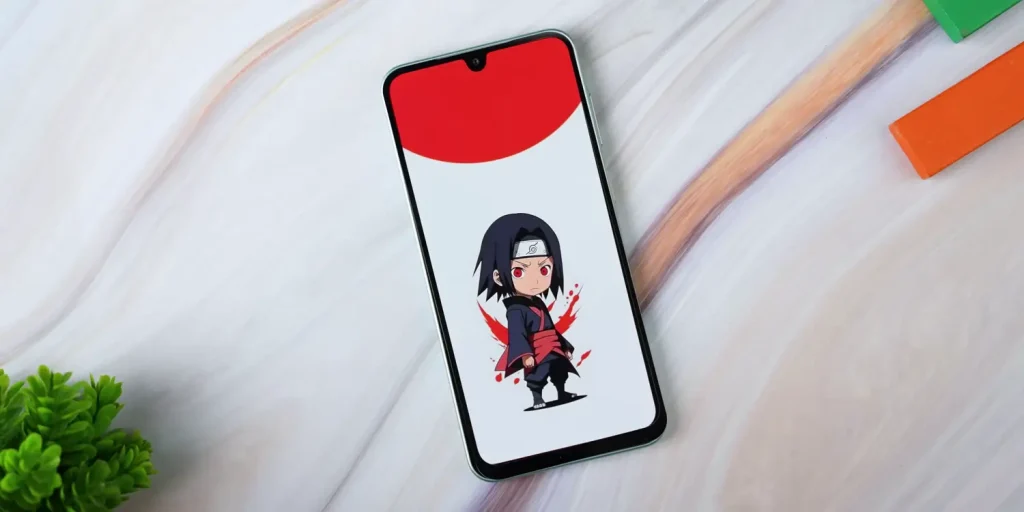
At ₹25,000 (~$300), the Samsung Galaxy A26 doesn’t offer the best value for money. While it has a premium design and long-term software support, its outdated processor, average camera, and lackluster features make it hard to recommend over competitors. If you can find it at a discount of ₹3,000–4,000 during sales, it might be worth considering. Otherwise, phones like the Nothing Phone 3a, Nothing Phone 3a Pro, Realme Narzo 70 Pro, or Xiaomi Redmi Note 14 Pro provide better performance, cameras, and overall value.
Alternatives to Consider
- Nothing Phone 3a: Offers better camera performance, a unique design, and smoother software at a similar price.
- Realme Narzo 70 Pro: Comes with a more powerful chipset, faster charging, and a larger battery.
- Xiaomi Redmi Note 14 Pro: Features a high-refresh-rate AMOLED display, better performance, and competitive cameras.
Conclusion
The Samsung Galaxy A26 is a phone that tries to balance premium design with mid-range specs but falls short in delivering a compelling package. While it has its strengths, such as a durable build and excellent software support, its outdated processor, average camera, and lack of modern features make it a tough sell in 2025. For most buyers, competing devices offer better value and performance. If you’re a Samsung fan or prioritize long-term updates, the A26 might still appeal to you, but for everyone else, there are better options out there.
